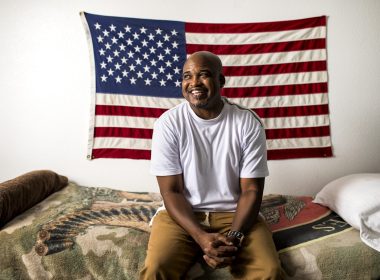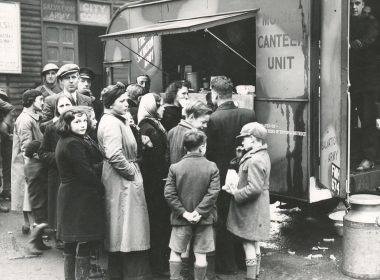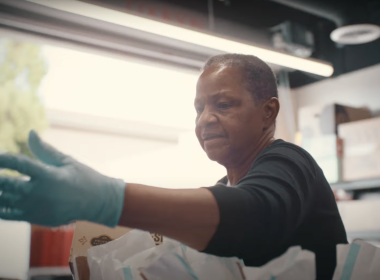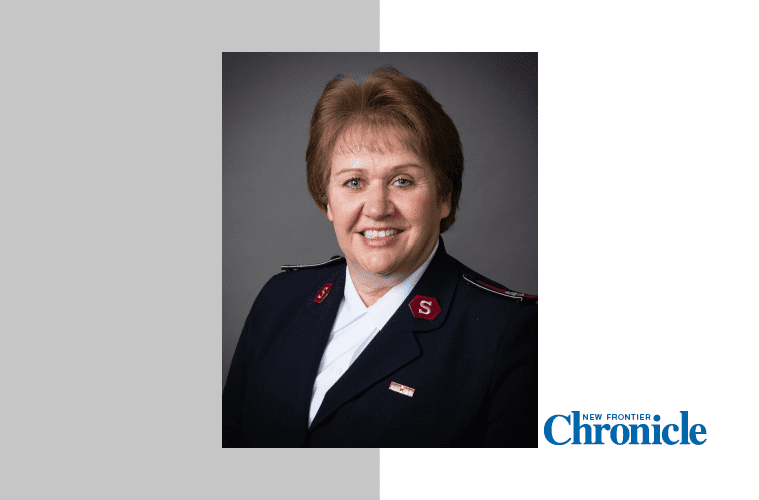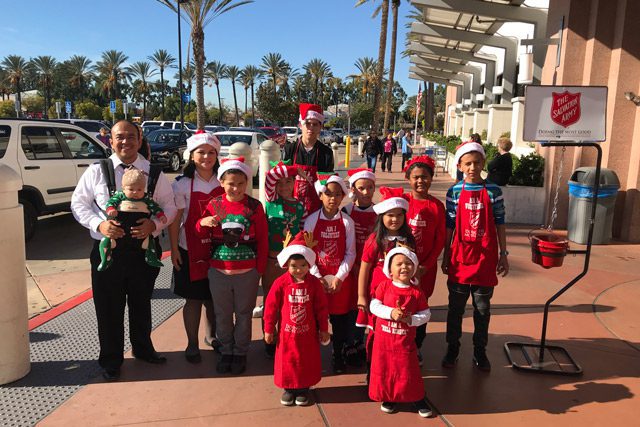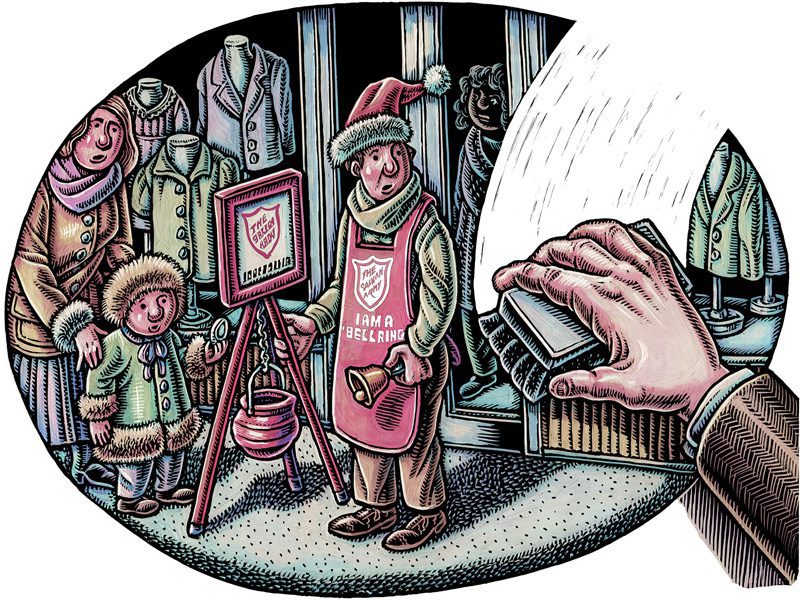By Robert Docter, Editor-In-Chief
Jerry Brock’s score and Sheldon Harnick’s lyrics provide much of the feeling tone to producer /director Norman Jewison’s remarkable 1964 long-running musical, “Fiddler on the Roof.” It became an Academy Award winner on the big screen a few years later.
The story involves a Jewish family led by Tevye, a poor milkman, and takes place in a Ukraine ghetto village at the beginning of the 20th century. They are surrounded by Gentiles and Czarist troops who haven’t yet learned the value of cultural integration.
“Tradition, tradition, tradition,” Tevye sings with gusto to his wife, sons-in-law and five daughters, two of whom have strong non-traditional romantic inclinations toward gentlemen he has not chosen. He sings about how he scrambles to provide them a living, and, traditionally, therefore, as the “master of the house,” asks them, “Who has the right to have the final word at home?”
“The papa, the papa, the papa! Tradition,” they all sing.
The mama, sons-in-law and daughters echo with their claims.
We have little insight into the end of this story as the entire family’s life is disrupted when the Czarist troops push them from the village. It does, however, reveal the contribution culture plays in the establishment of tradition. Roles, responsibilities, obligations, values, beliefs, attitudes and celebrations seem inherited and, thus, maintain tradition.
It’s not even a holiday, but traditions abound concerning Halloween, the hallowed eve of All Saints’ Day. This occasion has changed so dramatically in this country that we have forgotten why we celebrate it or why we wear scary costumes and play trick or treat games.
It’s alive only due to tradition.
The tradition of “trick or treat” has changed. Tricks are all but gone. Now, children simply assume that the candy is available at well prepared households. So, we discover that different cultures and new generational views have their own way with traditional events. Initiated at another time by another culture, the tradition, as locally understood and implemented, gradually makes a transition into different directions.
It seems to me that the Army has a multitude of traditions as well. It explores new ideas with willing openness on some occasions, and at other times with suspicion, resistance turning to reluctance, and once in a while rarely gradually shifts towards acceptance.
One of these days I’ll make a list. Send me your ideas.
There lives, in the broad arena of life, a powerful fear of change. One often hears: “If it ain’t broke, don’t fix it…We’ve been doing it this way for a hundred years, why change it now?”
I submit that there are many “traditions” maintained that are “broke,” and many that work well but now seem to be ignored, forgotten and invisible. As this relates to the Army, I believe the real problem is that we have no way of discerning the “broke” from the effective. There are no data gathered that I’m aware of concerning the effectiveness of policies or programs. We need to have information prior to change in these areas and then we need to know how to make the transition.
Dealing with the “fear of change” problem requires empathy. Tradition is valuable. It should not be discarded casually. Often many are invested in the traditional point of view. To ax a program abruptly hurts some people. So, before any change takes place, the change agent needs to be fully aware of the thoughts and feelings of individuals relative to the desired change.
Families have traditions, too.
Our family has many. The most powerful for me, and, it seems, the entire family, becomes evident at Christmas. There is an assumption that it will always occur, although there are no formal invitations. Here’s the way it works for us and has worked for at least the past 50 years.
The entire family assembles at mom and dad’s house on Christmas Eve. We have dinner and then gather in the living room. Happy, excited voices dominate the room as we relate to one another with deep affection. Christmas lights and shiny bulbs on the tall tree in the corner reflect bright colors from wide, eager eyes.
As the room gradually quiets, from my father’s Bible I read the Christmas story from Luke. This is followed by reports from the very young to the very old concerning key events of the past year and plans for the coming year. We sing a Christmas carol, usually “Silent Night,” and then I pray. At this point, each family returns to its own home to await Santa.
On Christmas Day, Diane and I make the rounds of individual houses and watch elated grandchildren dressed in pajamas open presents, enjoying the excited sounds of children and the wonderful people. At each home we eat breakfast. We all assemble again for Christmas dinner.
Tell us about some of your traditions.


